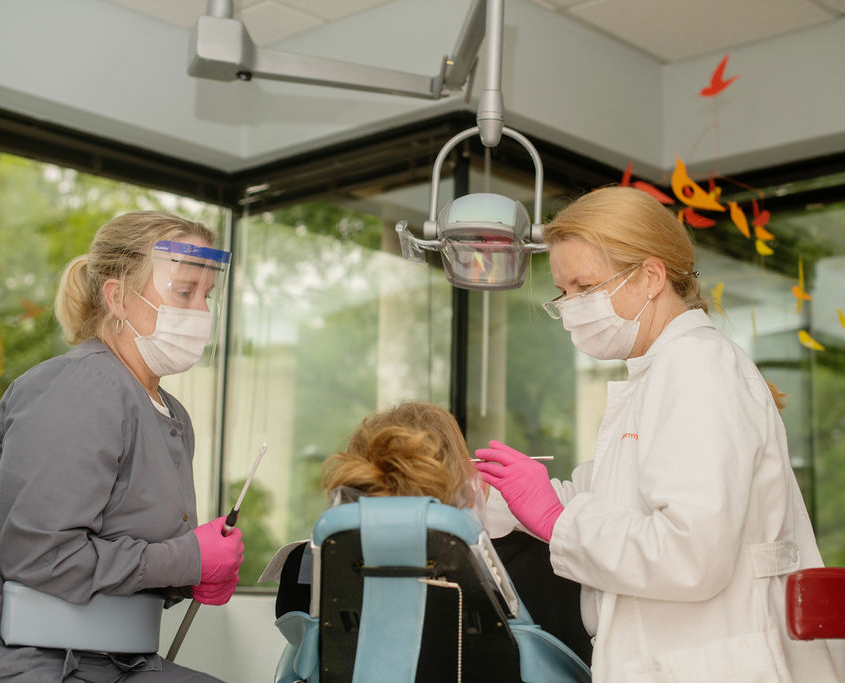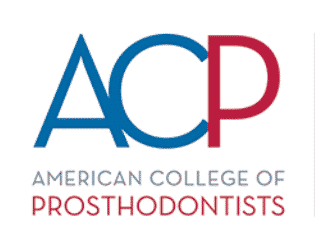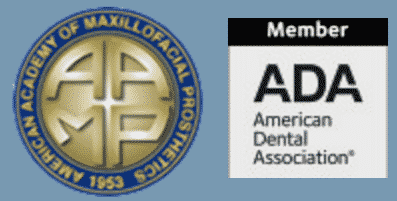Looking for an Ectodermal Dysplasia specialist in Virginia?
Ectodermal Dysplasia (ED) is a disorder where a person has abnormal changes in the ectodermal structures and it is a congenital disease. This does not show up as a single disorder but as a group of syndromes from changes in the ectodermal structures. More than 150 different syndromes have been identified. It can occur in any race, but it is most prevalent among Caucasians and is hereditary.
Ectodermal Dysplasia can be classified by inheritance (autosomal dominant, autosomal recessive, and X-linked) or by which structures are involved (hair, teeth, nails, and/or sweat glands).
It shows up as a change of two or more abnormalities of the ectodermal structures in a person:
- Change of hair on scalp and body: hair appears thin, sparse, and very light in color. The hair follicles are abnormally changed. The hair might grow sporadically and very slowly. Sometimes it is extremely fragile, curly, or twisted.
- Light skin pigmentation is prevalent in most ED patients. But in some cases, red or brown pigmentation might be present too.
- A hypo-pigmentation is often occurring after a sustaining skin injury.
Care must be taken to prevent cracking, bleeding, and infection.
Sweat glands in Ectodermal Dysplasia patients might function abnormally
ED patients are known for congenitally missing teeth
ED patients are known for congenitally missing teeth. The lack of teeth for primary and secondary teeth is prevalent. Frequently seen are peg-shaped or pointed teeth in awkward tooth positions. A tooth absence, malformation, and mal-positioning are often the case.
The enamel (outer layer of the tooth) of teeth can be affected as well – it can be brittle and thin or malformed.
Patients with ED will need dental treatment often from a young age
Patients with ED will often need from a young age (often age 2 and above) the care of a specialized dentist – a prosthodontist, who can provide the patient with cosmetic and functional needs. During childhood, an ED patient might receive several sets of complete or partial dentures while the upper and lower arches grow during development.
After the patient is grown dental implants might be an option
After the patient is grown dental implants might be an option. For mal-shaped enamel/teeth, crowning might be an option. Every patient is different and often a multi-disciplinary team of dental specialists (orthodontists, oral surgeons, prosthodontists) will help to optimize the often complex dental restorations.
People with Ectodermal Dysplasia often have certain cranial-facial features which can be distinctive:
- a common change is frontal bossing. Often longer or more pronounced chins are noticed. Frequently broader noses are also seen.
ED patient’s eyes can develop dryness, in the eye, cataracts, and vision defect
Some types of Ectodermal Dysplasia result in abnormal development of parts of the eye which can develop into dryness, in the eye, cataracts, and vision defects. Professional eye care can help minimize the effects of Ectodermal Dysplasia on vision. In addition abnormalities in the development of the ear may cause hearing problems.
With the reduction of normal protective secretions, respiratory infections can be more common. Precautions must be taken to limit those infections.





